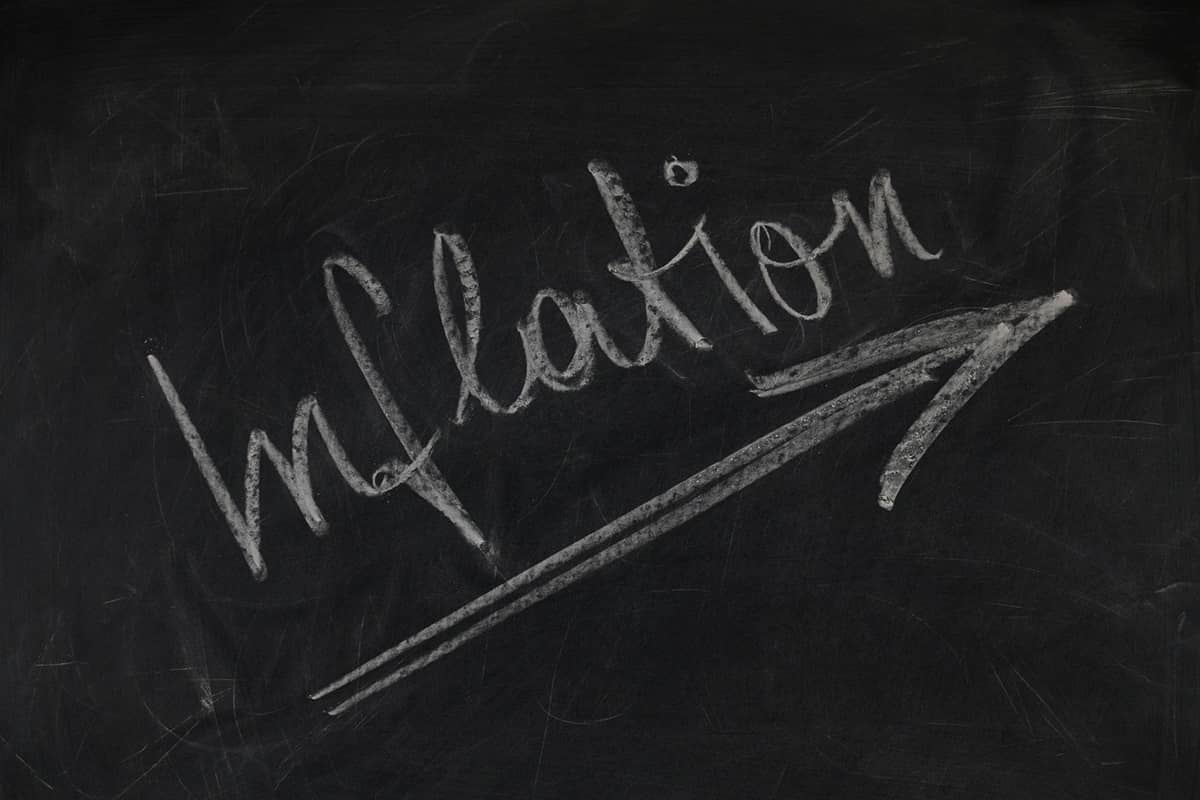On Tuesday, July 2, the statistical agency of the European Union released information according to which headline inflation in the eurozone fell to 2.5% last month.

It is worth noting that the mentioned indicator coincided with the preliminary expectations of experts who were interviewed by the media. In April, inflation in the eurozone was fixed at 2.4%. In May, the corresponding figure rose to 2.6%. In June, the pace of inflation in the eurozone slowed down. Statistical data over the past three months indicate that so far there is no stable and resilient tendency for inflation to decrease in the specified zone. The current indicators of the growth in the cost of goods and services are not catastrophic, but at the same time, these figures do not demonstrate an unambiguous movement toward decline. It is worth mentioning that the European Central Bank’s inflation target is 2%.
Core inflation in the eurozone in June remained at 2.9% from the prior month. It is worth noting that the specified indicator does not take into account the volatile effects of energy, food, alcohol, and tobacco. Economists interviewed by the media predicted that core inflation for June in the eurozone would be 2.8%.
The growth rates of prices for services over the mentioned period in the specified region did not demonstrate any changes. The corresponding indicator remained at 4.1%.
Currently, investors will have to analyze what the inflation data for June means for the dynamic of interest rates in 20 eurozone countries after the initial lowering of borrowing costs by the ECB last month.
It is worth noting that the volatility of the consumer price index was expected this year. The corresponding expectations were based on the fact that the choppy base effects from the energy market are beginning to weaken.
Last month, energy price inflation in the eurozone was 0.2% year-on-year. This indicator demonstrates a significant change relative to its configuration, which was observed at the beginning of the current year when a strong disinflationary effect was recorded in the relevant sector.
ECB Vice President Luis de Guindos said during a conversation with media representatives on Tuesday that the financial regulator is confident that inflation will reach the target level of 2%, but the coming months, according to him, will be a bumpy road. He also noted that there is no predetermined path for the monetary policy of the mentioned bank. These statements were made on the sidelines of the ECB Forum on Central Banking in Sintra, Portugal.
LSEG data indicate that markets currently see a high probability that the EU financial regulator will make two more decisions on lowering the cost of borrowing before the end of the current year. The corresponding forecast provides that both times the cutting of interest rates will be 25 basis points relative to the previous indicator. By the end of the current year, the European financial regulator will hold four more meetings. The probability that the next lowering of the cost of borrowing will be already this month, the markets estimate at 33%.
After the inflation data were published on Tuesday, the euro fell slightly. It is worth noting that recently this currency has been exposed to the political risks associated with the elections in France. On Tuesday morning, the euro fell 0.2% against the dollar and was down 0.05% against the pound sterling.
Kyle Chapman, FX markets analyst at Ballinger Group, says that despite a slight decline in food prices, in general, the latest consumer price index in the eurozone for June was an actual repeat of the May data. In this context, it was mentioned that inflation for unprocessed food in June was 1.4% after 1.8% a month earlier.
Kyle Chapman says that the stickiness of inflation in the service area may provoke real concern among policymakers. According to the expert, the appropriate attitude can become a catalyst for cutting interest rates. In this context, it was also noted that officials may be pushed to lower the cost of borrowing by intensifying wage growth and reducing unemployment. Moreover, the expert stated that in the current year, there is no obvious decrease in inflation in the service area, which is why the probability of significant interest rate cutting by the ECB is low.
In June, the European financial regulator raised its average annual headline inflation forecast for the current year from 2.3% to 2.5%. In 2025, this figure is expected to reach 2.2%. The previous version of the ECB forecast provided that inflation would be 2% next year.









